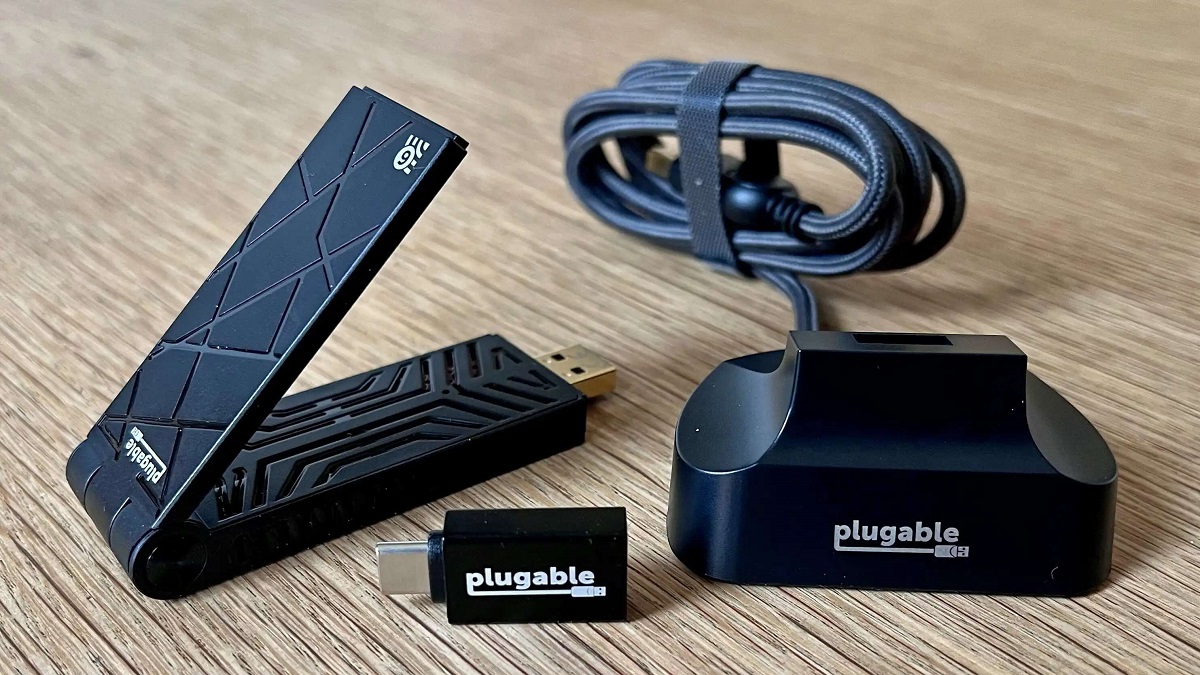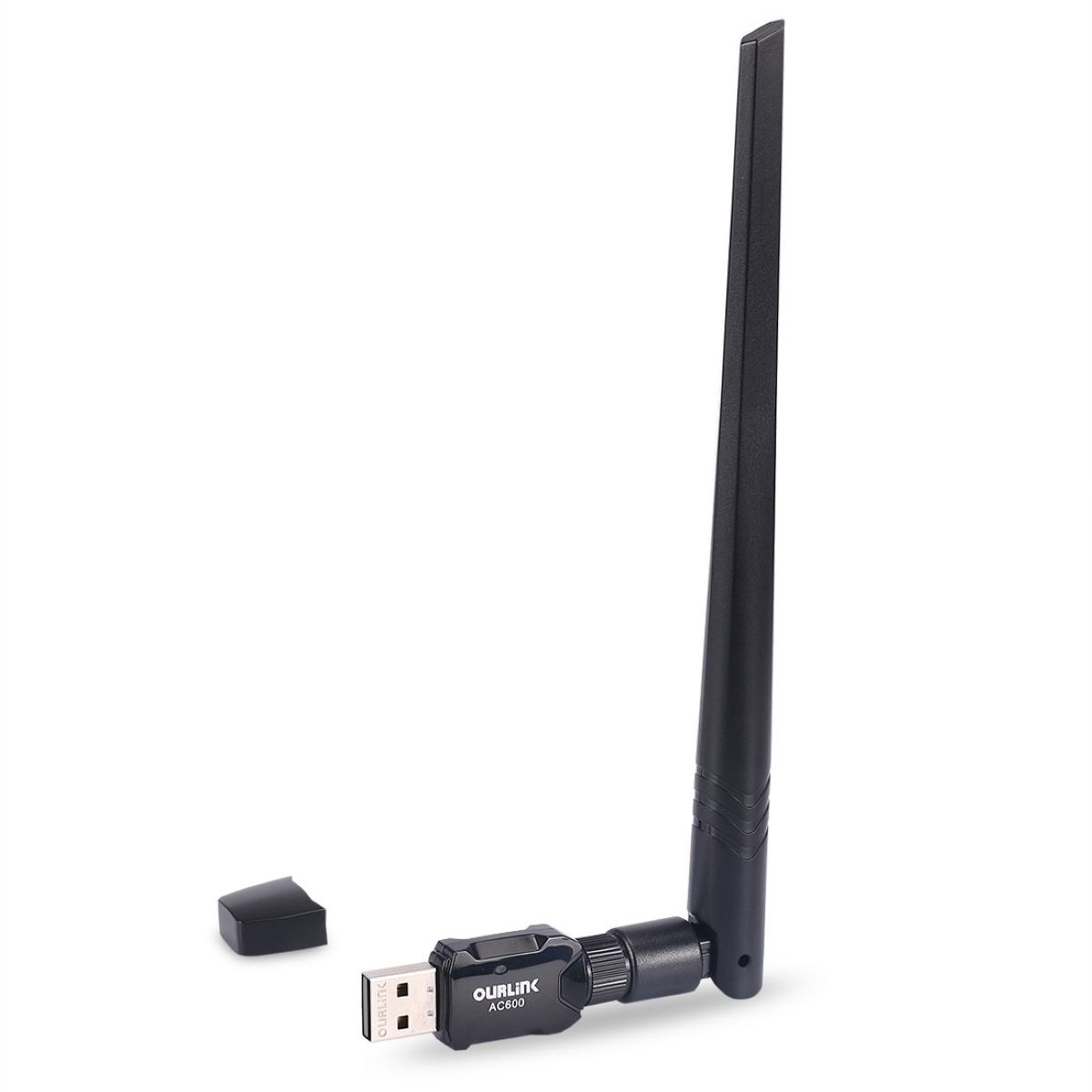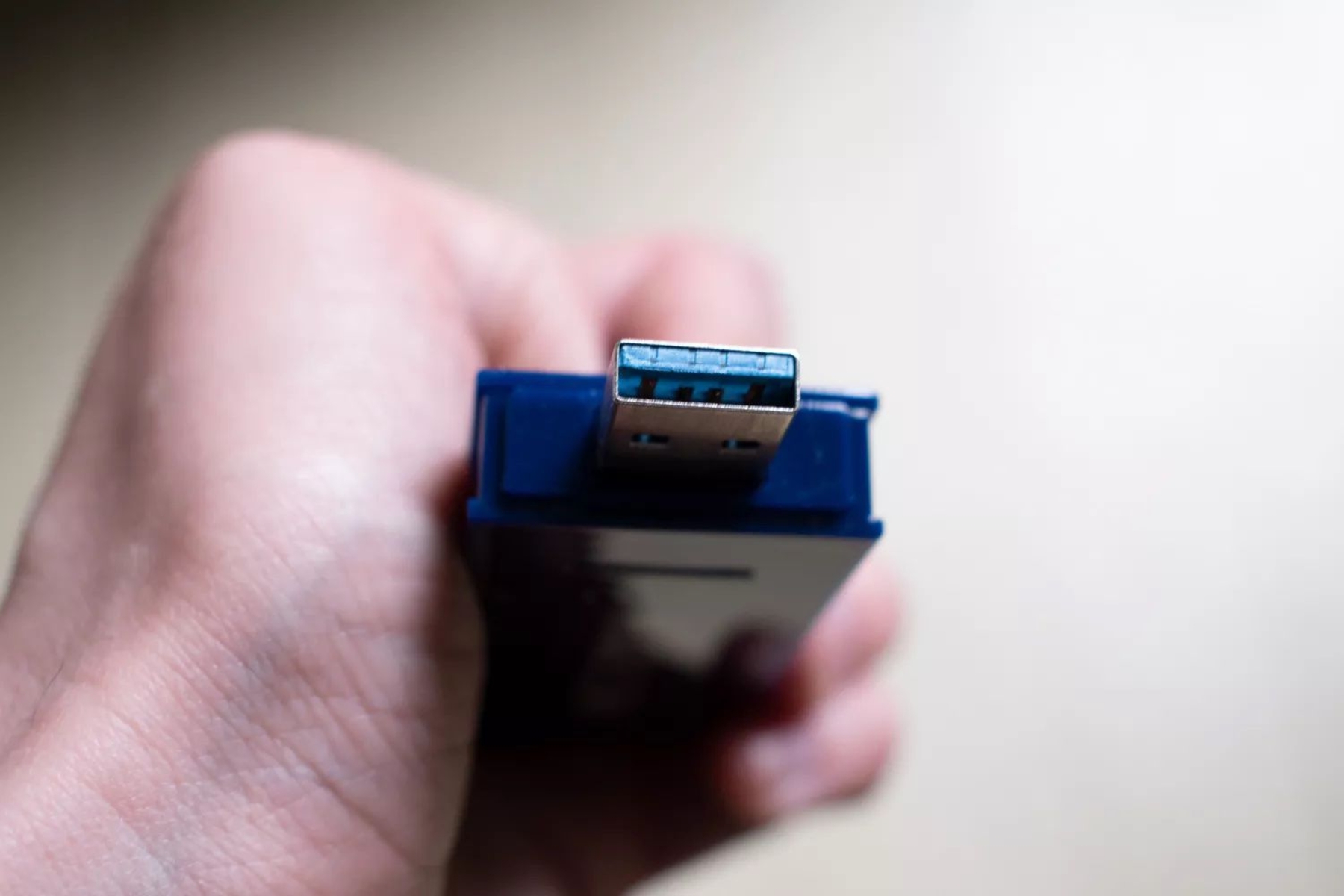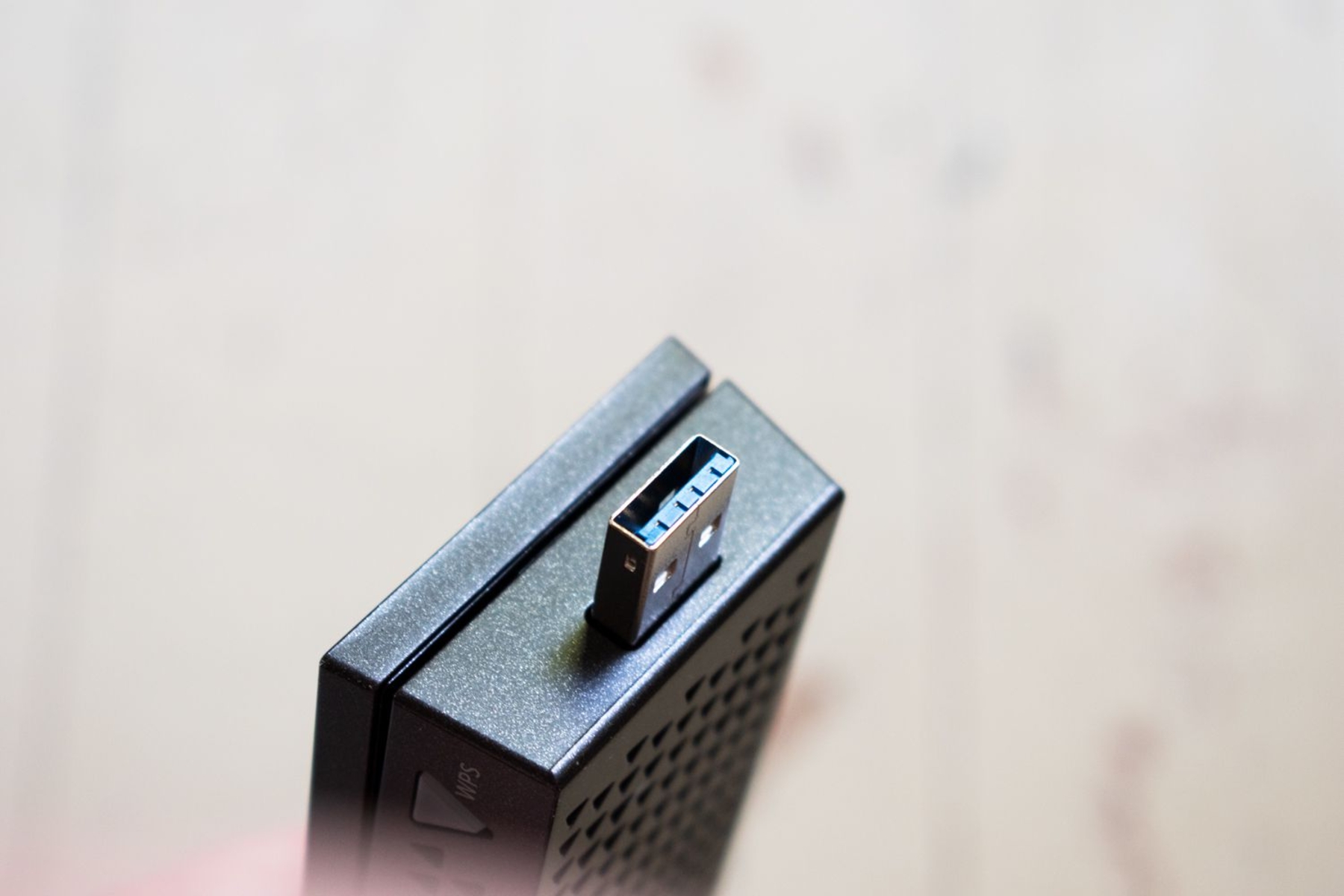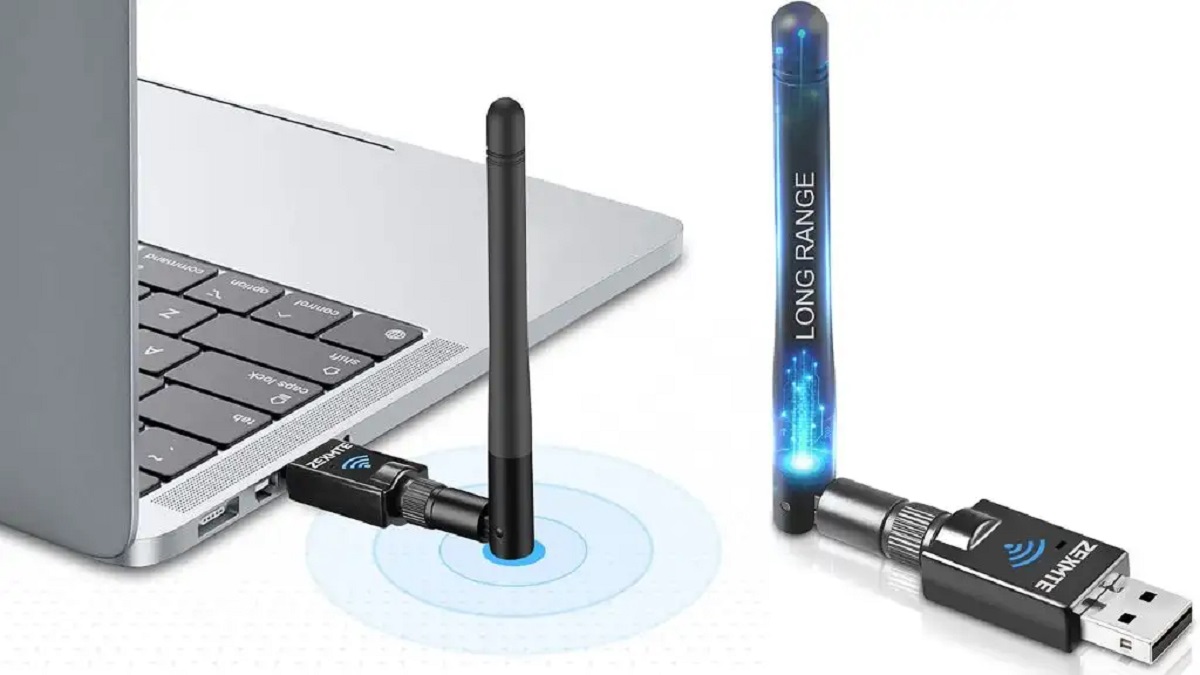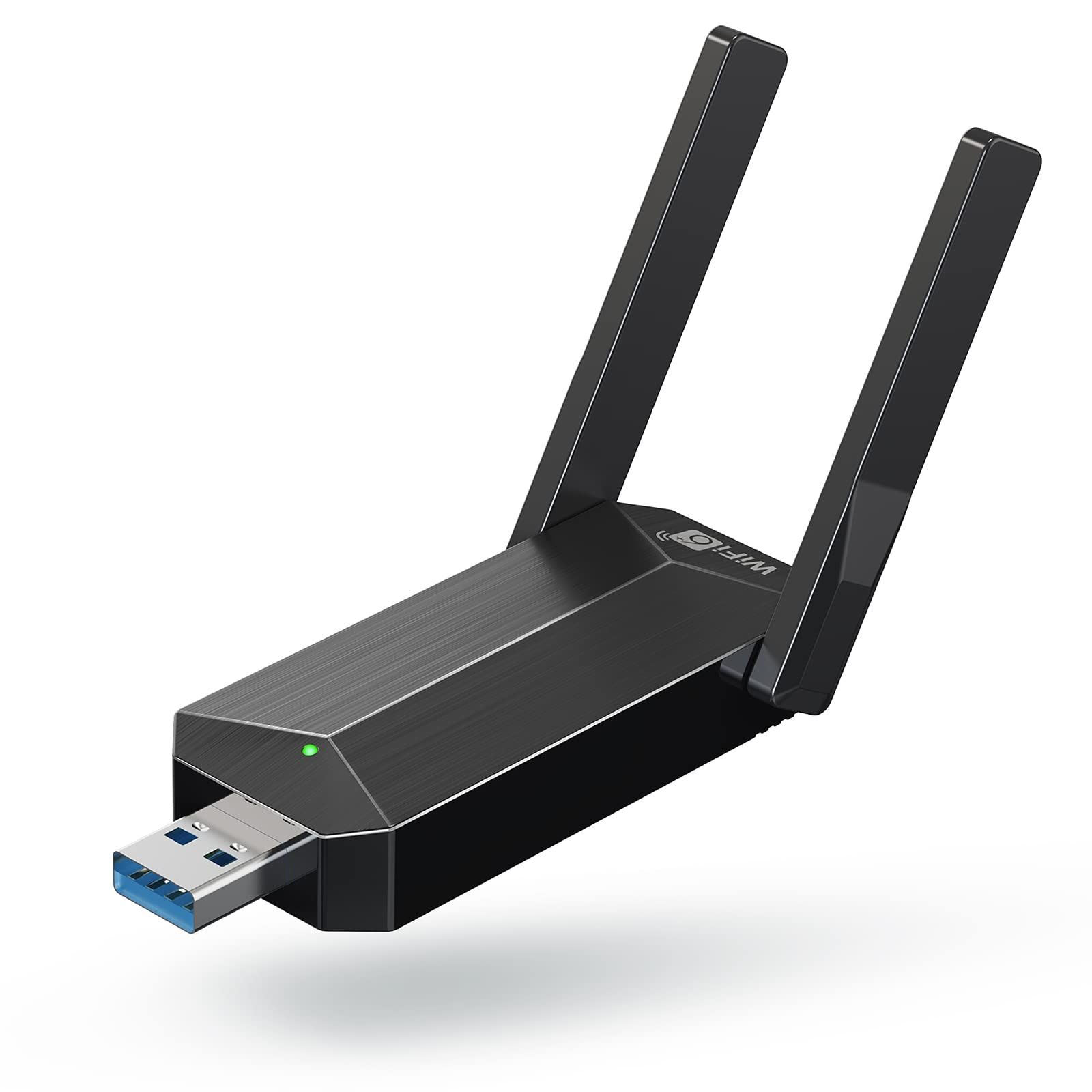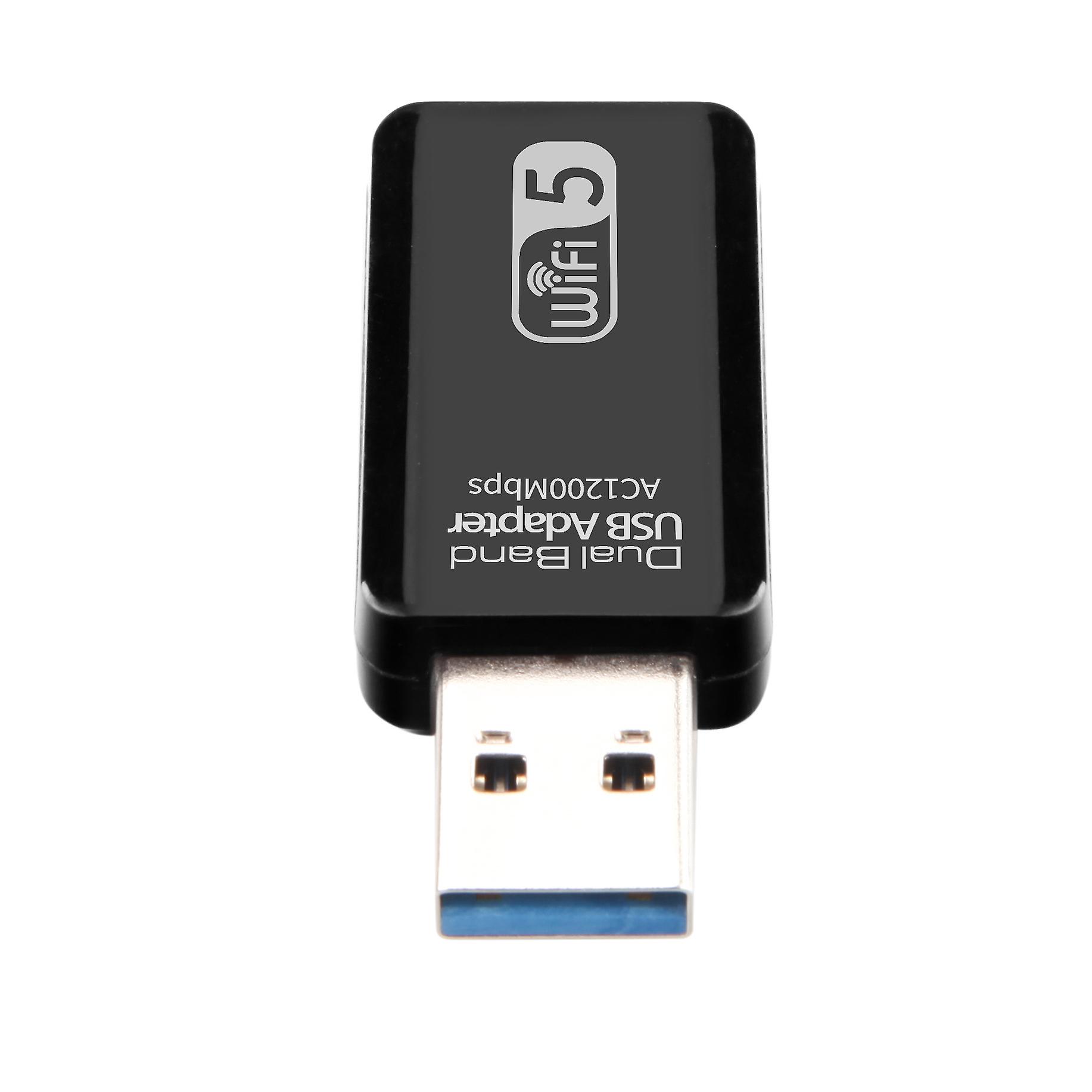Introduction
In today's digitally driven world, the need for a reliable internet connection is paramount. Whether it's for work, entertainment, or staying connected with loved ones, having access to the internet has become a necessity. However, there are times when accessing a Wi-Fi network is not feasible, such as when traveling or in areas with limited connectivity. In such situations, creating a Wi-Fi hotspot using a Windows 7 laptop can be a game-changer.
With the software-free approach outlined in this guide, you can transform your Windows 7 laptop into a Wi-Fi hotspot, allowing other devices to connect and access the internet through it. This method eliminates the need for third-party software and provides a straightforward way to share your laptop's internet connection with other devices, such as smartphones, tablets, or other computers.
By following the steps outlined in this guide, you can harness the power of your Windows 7 laptop to create a portable Wi-Fi hotspot, enabling seamless internet connectivity on the go. Whether you're in a hotel room, a remote location, or simply need to share your internet connection with friends or colleagues, this method empowers you to extend your internet access to multiple devices without the hassle of additional software installation.
The ability to create a Wi-Fi hotspot using a Windows 7 laptop offers flexibility and convenience, making it a valuable skill for anyone seeking a reliable internet connection outside traditional network setups. This guide will walk you through the process, empowering you to leverage your laptop's capabilities and enhance your connectivity options. So, let's dive into the steps and unlock the potential of your Windows 7 laptop as a Wi-Fi hotspot.
Step 1: Accessing the Command Prompt
Accessing the Command Prompt is the first step in setting up a Wi-Fi hotspot on your Windows 7 laptop. The Command Prompt, a powerful tool for executing commands and performing administrative tasks, provides the necessary interface to configure the Wi-Fi hotspot settings.
To access the Command Prompt, follow these steps:
-
Open the Start Menu: Click on the Start button located at the bottom-left corner of the screen to open the Start Menu.
-
Search for "cmd": In the search bar within the Start Menu, type "cmd" to search for the Command Prompt application.
-
Select Command Prompt: From the search results, click on "Command Prompt" to launch the application. This action opens a new Command Prompt window on your screen.
Alternatively, you can access the Command Prompt by using the "Run" dialog box. To do this, press the Windows key + R to open the Run dialog, type "cmd" in the text field, and press Enter. This action will also open a Command Prompt window.
Once the Command Prompt is accessible, you are ready to proceed with the next steps to configure and activate the Wi-Fi hotspot on your Windows 7 laptop. Accessing the Command Prompt is the gateway to leveraging the built-in capabilities of your laptop to create a Wi-Fi hotspot without the need for additional software.
By following these simple steps to access the Command Prompt, you are setting the stage for transforming your Windows 7 laptop into a portable Wi-Fi hotspot, enabling seamless internet connectivity for other devices. With the Command Prompt at your fingertips, you are one step closer to harnessing the full potential of your laptop and expanding your connectivity options.
Accessing the Command Prompt is a foundational step in the process of creating a Wi-Fi hotspot using a Windows 7 laptop. It sets the stage for the subsequent configuration and activation of the hotspot, paving the way for a seamless sharing of your internet connection with other devices.
Step 2: Setting Up the Wi-Fi Hotspot
Setting up the Wi-Fi hotspot on your Windows 7 laptop involves configuring the network settings to enable other devices to connect and access the internet through your laptop's internet connection. This process leverages the Command Prompt to execute commands that establish the parameters of the Wi-Fi hotspot.
To begin setting up the Wi-Fi hotspot, follow these steps:
-
Enter the Command to Set Up the Hotspot: In the Command Prompt window, type the following command and press Enter:
netsh wlan set hostednetwork mode=allow ssid=YourSSID key=YourPassword
Replace "YourSSID" with the desired name for your Wi-Fi hotspot and "YourPassword" with the preferred password for accessing the hotspot. This command configures the hosted network mode and establishes the SSID (Service Set Identifier) and password for the hotspot.
-
Verify the Hosted Network Configuration: After entering the command, press Enter to execute it. The Command Prompt will display a message confirming the successful configuration of the hosted network. This step ensures that the network parameters are set according to the specified SSID and password.
By executing these commands in the Command Prompt, you are laying the groundwork for the Wi-Fi hotspot on your Windows 7 laptop. This process establishes the essential network settings that define the characteristics of the hotspot, such as its name and password, enabling other devices to identify and connect to it securely.
Setting up the Wi-Fi hotspot empowers you to create a personalized network environment, allowing you to extend your internet connection to multiple devices without the need for external hardware or software. The Command Prompt serves as the gateway to configuring the hotspot, providing a direct and efficient method for customizing the network settings according to your preferences.
With the Wi-Fi hotspot settings in place, you are ready to proceed to the next step of starting the hotspot, enabling seamless connectivity for other devices and unlocking the full potential of your Windows 7 laptop as a portable Wi-Fi hotspot.
Step 3: Starting the Wi-Fi Hotspot
Initiating the Wi-Fi hotspot on your Windows 7 laptop is the pivotal step that activates the network, allowing other devices to connect and access the internet through your laptop's internet connection. This process leverages the Command Prompt to execute commands that start the hosted network, enabling seamless connectivity for other devices.
To start the Wi-Fi hotspot, follow these steps:
-
Enter the Command to Start the Hotspot: In the Command Prompt window, type the following command and press Enter:
netsh wlan start hostednetwork
This command triggers the activation of the hosted network, initiating the Wi-Fi hotspot and making it available for other devices to connect.
-
Verify the Hosted Network Status: After entering the command, press Enter to execute it. The Command Prompt will display a message confirming the successful start of the hosted network. This step ensures that the Wi-Fi hotspot is operational and ready to facilitate internet connectivity for other devices.
By executing these commands in the Command Prompt, you are effectively commencing the Wi-Fi hotspot on your Windows 7 laptop, enabling other devices to benefit from its internet connection. This process marks the transition from configuring the hotspot to making it accessible for seamless connectivity, empowering you to share your internet connection with ease.
Starting the Wi-Fi hotspot unlocks the potential of your Windows 7 laptop as a portable hub for internet connectivity, providing a convenient and software-free method to extend your internet access to multiple devices. The Command Prompt serves as the catalyst for activating the hotspot, initiating a network environment that fosters connectivity and enhances the utility of your laptop in diverse settings.
With the Wi-Fi hotspot now active, you have successfully harnessed the capabilities of your Windows 7 laptop to create a portable hub for internet connectivity, offering a valuable resource for staying connected and accessing online content on the go. This step sets the stage for the final phase of connecting devices to the hotspot, enabling seamless internet access across various platforms and devices.
Step 4: Connecting Devices to the Wi-Fi Hotspot
Now that your Windows 7 laptop is functioning as a Wi-Fi hotspot, the next step is to connect other devices to it. This process enables smartphones, tablets, or other computers to access the internet through your laptop's internet connection. By seamlessly connecting devices to the Wi-Fi hotspot, you can leverage your laptop's capabilities to extend internet access across multiple platforms without the need for additional hardware or software.
To connect devices to the Wi-Fi hotspot, follow these steps:
-
Access the Device's Wi-Fi Settings: On the device you wish to connect, navigate to the Wi-Fi settings or network connections. This can usually be found in the device's settings menu or system tray.
-
Locate and Select the Wi-Fi Hotspot: In the list of available networks, locate the Wi-Fi hotspot created by your Windows 7 laptop. The hotspot will be identified by the SSID (Service Set Identifier) that you specified during the setup process.
-
Enter the Hotspot Password: When prompted, enter the password you set for the Wi-Fi hotspot. This ensures secure access to the network and prevents unauthorized users from connecting to your hotspot.
-
Connect to the Wi-Fi Hotspot: Once the correct password is entered, select the option to connect to the Wi-Fi hotspot. The device will then establish a connection to the hotspot, enabling access to the internet through your Windows 7 laptop.
By following these steps, you can seamlessly connect devices to the Wi-Fi hotspot created by your Windows 7 laptop. This process extends your internet access to a variety of devices, allowing for increased flexibility and connectivity options in diverse settings.
Connecting devices to the Wi-Fi hotspot unlocks the full potential of your Windows 7 laptop as a portable hub for internet connectivity. Whether you're in a hotel room, a remote location, or simply need to share your internet connection with friends or colleagues, this method empowers you to extend your internet access without the need for additional software installation.
With devices successfully connected to the Wi-Fi hotspot, you have effectively harnessed the capabilities of your Windows 7 laptop to create a versatile network environment. This step marks the culmination of the process, providing seamless internet access across various platforms and devices, and enhancing the utility of your laptop in diverse settings.
Conclusion
In conclusion, the ability to create a Wi-Fi hotspot using a Windows 7 laptop without the need for additional software is a valuable skill that empowers users to extend their internet connectivity in diverse settings. By leveraging the built-in capabilities of the Command Prompt, individuals can transform their laptops into portable hubs for internet access, enabling seamless connectivity for other devices such as smartphones, tablets, and other computers.
The step-by-step process outlined in this guide provides a software-free approach to setting up and activating a Wi-Fi hotspot on a Windows 7 laptop. By accessing the Command Prompt, configuring the hotspot settings, and initiating the network, users can harness the full potential of their laptops to create personalized Wi-Fi networks without relying on third-party software.
The flexibility and convenience offered by this method make it particularly valuable for individuals who require internet access on the go. Whether traveling, working remotely, or sharing internet connectivity with others, the ability to create a Wi-Fi hotspot using a Windows 7 laptop enhances connectivity options without the need for additional hardware or software installation.
Furthermore, the seamless process of connecting devices to the Wi-Fi hotspot underscores the practicality and utility of this approach. By enabling secure access to the hotspot through personalized network settings, users can extend their internet connection to a variety of devices, fostering productivity, communication, and entertainment in diverse environments.
This software-free method not only simplifies the process of creating a Wi-Fi hotspot but also underscores the inherent capabilities of Windows 7 laptops as versatile tools for connectivity. By harnessing the power of the Command Prompt and leveraging the laptop's built-in features, users can unlock the potential of their devices, transforming them into portable hubs for internet access.
In essence, the process of creating a Wi-Fi hotspot on a Windows 7 laptop using a software-free approach exemplifies the adaptability and resourcefulness of technology. It empowers users to transcend traditional network setups and extend their internet connectivity in a manner that is both efficient and accessible.
By following the steps outlined in this guide, individuals can confidently navigate the process of creating a Wi-Fi hotspot on their Windows 7 laptops, expanding their connectivity options and embracing the inherent versatility of their devices. This method not only facilitates internet access but also exemplifies the ingenuity of leveraging existing tools to enhance connectivity in an ever-evolving digital landscape.









